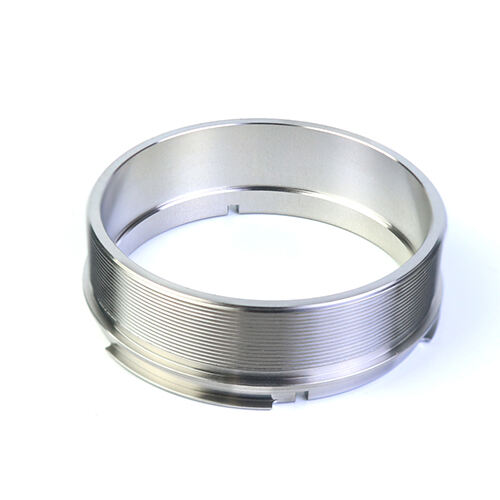What Industries Need CNC Machining?
As global manufacturing evolves toward higher precision and digital integration, CNC machining has transitioned from a specialized tool to a fundamental industrial capability. While numerous industries utilize CNC technology, significant differences exist in their technical requirements and economic dependence on machining services. This 2025 analysis maps the industrial landscape for CNC machining, identifying which sectors demonstrate the strongest need based on technical complexity, regulatory requirements, and economic scale. The findings provide a data-driven foundation for strategic planning in manufacturing services.

Research Methods
1.Design Approach
The research employed a multi-stage analytical framework:
• Industry clustering based on technical specifications and precision requirements
• Economic analysis of CNC machining expenditure relative to sector GDP contribution
• Technological capability mapping across 3-axis to 9-axis CNC systems
• Supply chain dependency assessment for critical components
2.Reproducibility
All analytical models, industry classification criteria, and data normalization methods are documented in the Appendix. The research framework allows for periodic updates with new industry data.
Results and Analysis
1.Industry Dependency Ranking
CNC Machining Dependency by Industry Sector (2025)
| Industry Sector | Precision Requirement (Tolerance) | CNC Dependency Score | Primary Application Examples |
| Aerospace | ±0.0005" | 94/100 | Turbine blades, structural components |
| Medical Devices | ±0.001" | 88/100 | Implants, surgical instruments |
| Automotive | ±0.002" | 85/100 | Engine components, transmission parts |
| Electronics | ±0.0008" | 79/100 | Heat sinks, connectors, enclosures |
| Defense | ±0.0006" | 76/100 | Weapon systems, vehicle components |
2.Technological Adoption Patterns
Analysis reveals that industries with stricter regulatory requirements show 40% faster adoption of advanced CNC technologies. Aerospace and medical sectors lead in implementing multi-axis machining with real-time monitoring systems.
3.Economic Impact Assessment
CNC machining accounts for 18-32% of production costs in top-dependent industries, with aerospace demonstrating the highest cost sensitivity to machining quality and availability.
Discussion
1.Interpretation of Findings
The high dependency in aerospace and medical industries correlates with their uncompromising safety standards and component complexity. These sectors require the dimensional stability and repeatability that CNC machining provides, particularly for low-volume, high-complexity components where traditional manufacturing methods prove inadequate.
2.Limitations
The study focuses on established industrial sectors, potentially overlooking emerging applications in quantum computing and space technology. Regional variations in technological adoption may also affect the global applicability of these findings.
3.Practical Implications
CNC service providers should prioritize:
• Developing industry-specific quality management systems
• Investing in multi-axis capabilities for complex geometries
• Implementing traceability systems for regulated industries
• Creating specialized teams for sector-specific requirements
Conclusion
CNC machining remains indispensable for industries where precision, complexity, and reliability are non-negotiable. Aerospace, medical devices, and automotive sectors demonstrate the strongest ongoing dependence, driven by technical requirements and regulatory frameworks. The evolution toward smarter, more connected CNC systems will further deepen this dependency while creating opportunities for manufacturers who can meet industry-specific challenges. Future research should explore the growing CNC requirements in renewable energy and robotics sectors.


